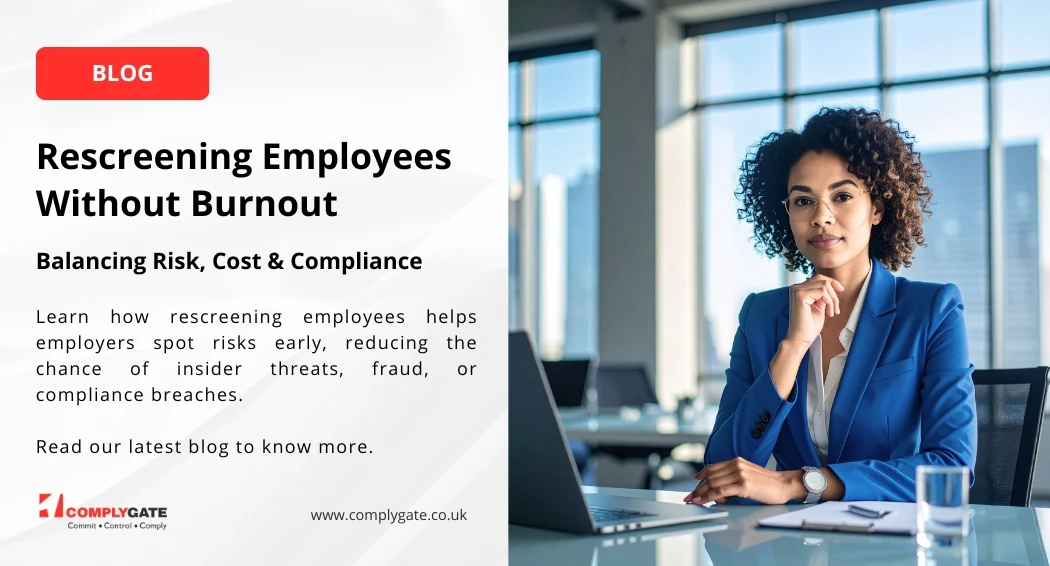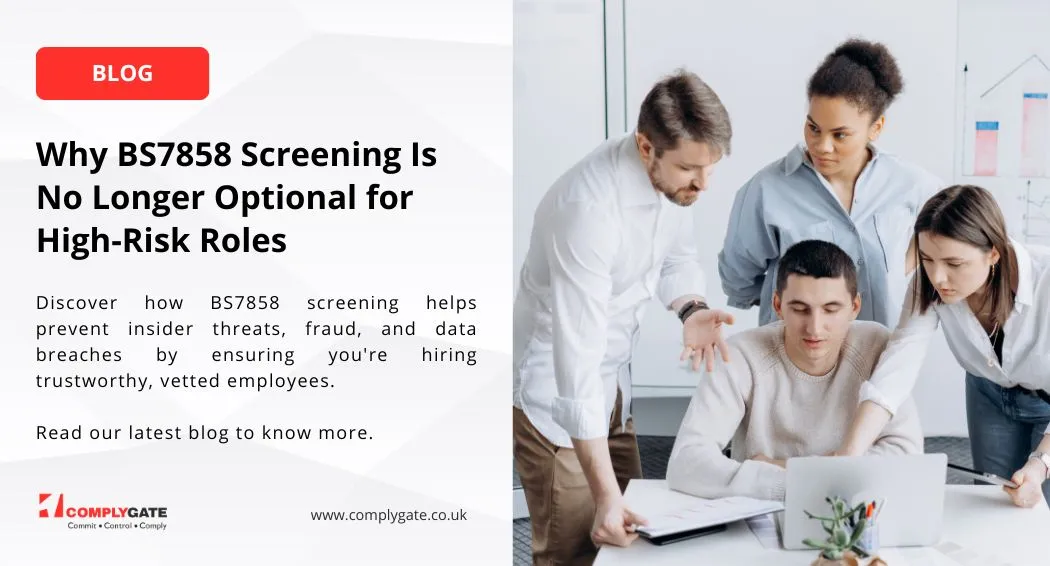Employee Experience Initiatives: Why Do they fail?
Covid-19 pandemic has abruptly halted a period of considerable worldwide growth, development and low unemployment rates all across the globe. Organizations worldwide have had to abruptly change their policies and work methods in order to stay afloat and keep running, even after being forced to shed countless jobs and laying off scores of people. Organizational management must therefore look forward in a smart, innovative way and pay close attention to the parameters and varying patterns that would determine their stability and future growth. This recession will end too, as all do, and organizations shall return to a state where high productivity, talents and growth shall be the key goals for every manager.
These goals can be challenging enough even while the economic growth is skyrocketing. Advisory firm Gartner conducted a global study in 2019 wherein companies spent an average of $2,420 per person on efforts to improve the employee experience. Such initiatives normally include workplace enhancements, flexible work policies, and training and developments opportunities. The researchers found that when companies meet their workers’ experience expectations they see boosts in effort, productivity, and retention.
The results are rather demotivating – approximately only 13% of the employees reported being fully satisfied with their experience, according to the study. Caroline Walsh, a vice president in Gartner’s human resources, remarks, “Simply investing in these programs is not enough.” Apparently this process by companies only adds up the expectations, creating a vicious cycle wherein employee aspirations and organizational spending drive each other. The study also reveals that companies need to complement investments with measures to shape employee’s under of this process in order to ensure better returns. This study was subjected to nearly 150 HR organizations and 3,000 employees across the globe.
This developmental process consists of three stages:
1. Calibrating expectations
Most organizations inquire their employees about their work experience, specifically what they want from it, but make no further inquiries and stop there. “Expectations are relative,” says Walsh, who points out that employees are influenced by previous jobs, managers, teammates, personal life and events, and various other factors. The results may also be incomplete: as per research only about one-fifth of the employees openly express themselves regarding their wishes, many of which may be impossible or impractical to implement.
Therefore an organization must be clear from the beginning about what it can and can’t deliver provided the resources and priorities, which are not constant but with the economy. “There need to be some guardrails, like whether an idea is relevant to the entire company, and whether that idea is tied to organizational goals and strategy,” says Walsh. HR leader must involve and assist employees in creating a companywide vision driven by employee experience once all such guardrails have been placed. Amongst the major goals of that vision can be the changes the employees would implement and their motivations for coming to work every day.
2. Looking at the big picture
Managers should focus on one-on-one dialogues with each of the employees to align their individual “experience vision” with organizational vision, and not go through the usual top-down management approach. At Silicon Valley Bank, daylong workshops encourage employees to create “experience blueprints” to help them determine and document their priorities, which later become the basis for later organizational focus.
3. Personalizing the day-to-day experience.
In organizations, process customization becomes the managers’ prerogative, in spite of limited bandwidth. This leads to lack of full visibility into the needs of individual employees. Better results are achieved when managers and employees partner to customize the process according to each one’s needs.
The first step is sharing information with your workers so that they’re able to identify and see the areas where improvements can be made. Dashboard made a by a large software company is regularly updated by posts informing about biannual engagement survey results and personal descriptions of employee experiences. Region-wide and citywide webinars can also serve the same purpose, depending on the subject and the area in which counselling is requested. E.g. team members lacking confidence in utilizing given skills can request training for learning those skills, while an employee seeking lessons on improving work-life balance may request a learning session on the same.
Leaders should create a safe, open environment for discussions as employees might also fear from repercussions arising out of voicing their requests or concerns. Managers should personalize the interactions with each employee and provide all of them with relevant choices depending on each one’s improvement need. The process can be made much easier and customizable by inserting more options, and by having prominent employees and managers provide valuable insights and opinions to make the whole process easier.
Shaping memories for future lessons
There are times when organizational resources, while responding to negative experiences, get entangled. In hindsight, there are many organizational issues focusing on which doesn’t matter much, both to the business and the employees. Whenever this happens, it is a great tip to concentrate on the way employees recollect their experiences over time, while focusing on salient features and not minor, transitory incidents.
One straightforward way of going about this is acknowledging problems and negative experiences that occurred and emphasizing that employee feedback shall improve things in future.
They can seek to reframe memories of negative experiences by acknowledging that a problem occurred and emphasizing that because of the employee’s feedback, things will go better in the future. Acknowledge It is a Microsoft email initiative wherein HR and business leaders, after receiving feedback from employees, send appreciating personal messages to employees, all the while thanking them for feedback and underscoring how it improved their overall process. They also repeat the same during the offboarding process, acknowledging the contributions the departing employees made whilst their stint in the organization. The company has seen considerable improvements in engagement and retention since making this initiative a part of their leadership process.
An important measure is to rebuild and reinforce positive experiences. Many organizations are too formal when it comes handling employee experience initiatives, like it some kind of a marketing campaign. This inadequate and irrelevant approach may lead to stagnation in productivity. HR leaders must be proactive and inquire employees about the improvements that the programs have had in their work lives and encourage them to open up and share their stories with their teams during build-up meetings, internal newsletters, and various other forums.
The activities and measures described must supplement and not replace an organization’s fundamental investments in experience. Companies wherein such confidence-building steps are introduced and implemented regularly shall have lesser and lesser employees jumping ship as compared to other organizations. Their employees shall put in more efforts and perform at higher levels, thus enhancing their organizations’ chances of meeting their business goals with regard to customer satisfaction, engagement, future leadership and development.











